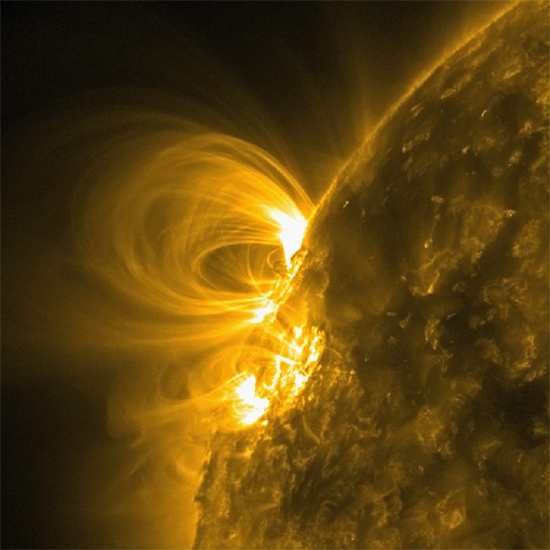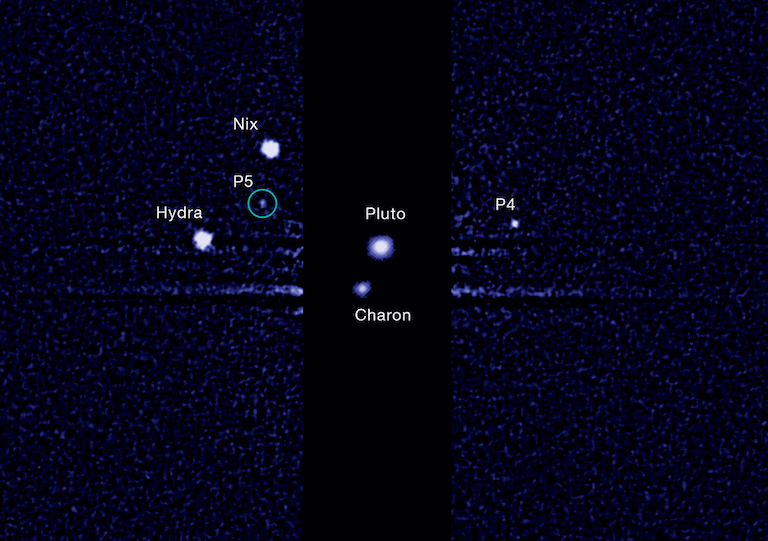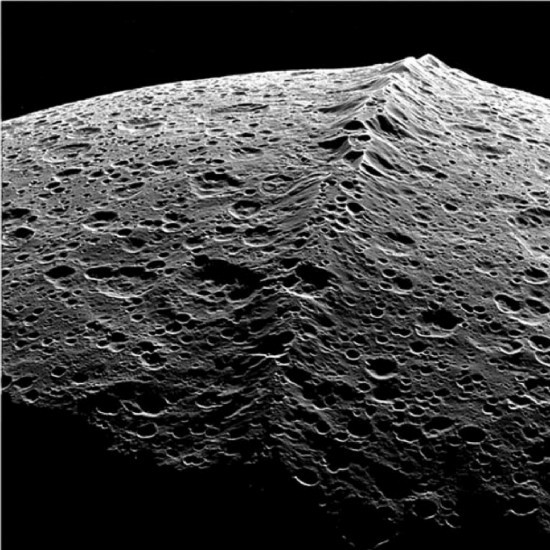Jet Streams
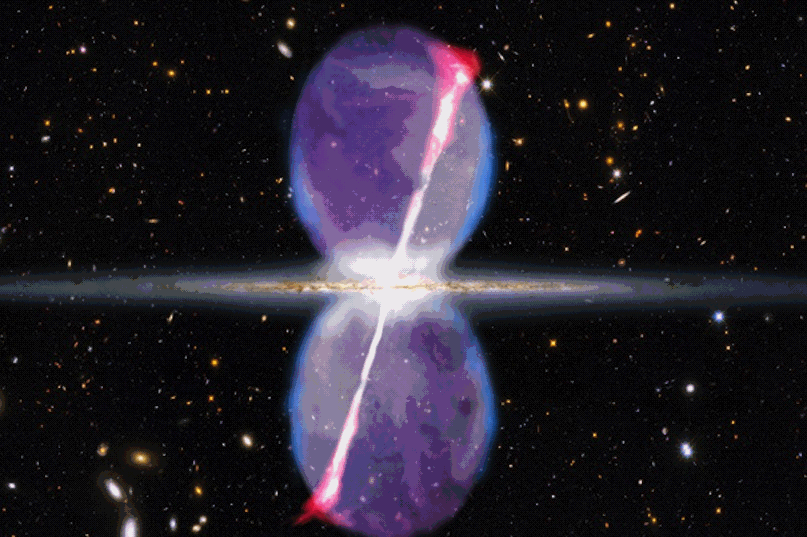
Feb 21, 2013 Astronomers continue to ignore electricity in space, opting for outdated ideas about gravity and heat. Recently, astronomers from the Harvard-Smithsonian Center for Astrophysics announced that our own Milky Way galaxy is expelling enormous jets of gamma rays from a putative supermassive black hole residing in its…
Slip and Slide
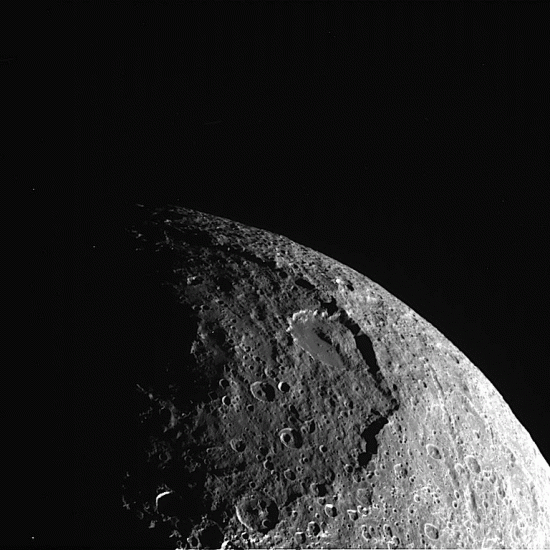
Feb 14, 2012 Is it gravity and heat that cause landslides on Iapetus? Recently, the science journal Nature Geoscience described giant, icy landslides that are supposedly taking place on the Saturnian moon Iapetus. According to the report, it is frictional heating that overcomes resistance, causing the moon’s crust to give way…
My Friend Flicker
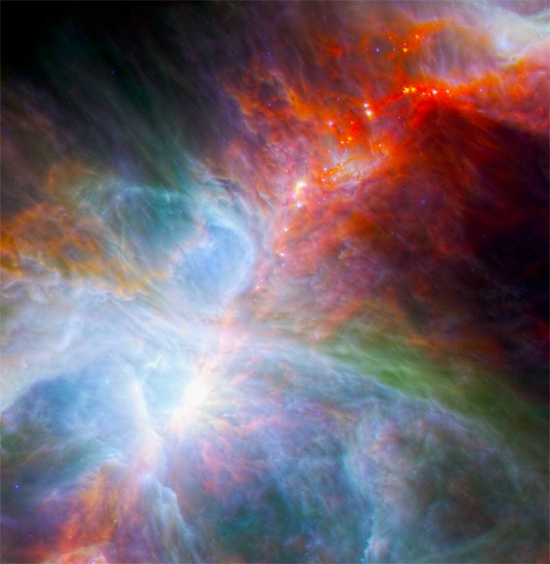
Feb 12, 2013 What causes the rapid changes observed in Orion Nebula “protostars”? Using a combination of NASA’s Spitzer Space Telescope and the ESA Herschel Space Observatory, astronomers found that so-called “young stars” are changing in brightness much faster than they thought possible. Instead of taking several years for…
Protostar Expostulation
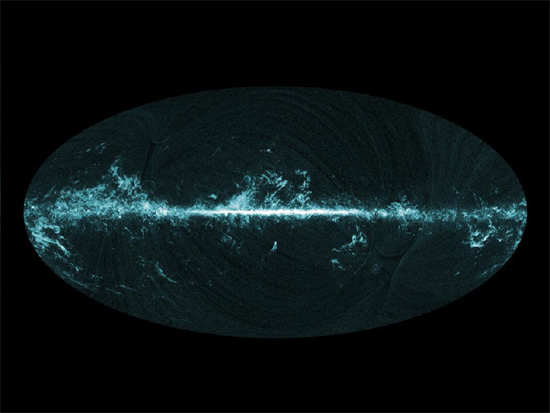
Feb 11, 2013 Astronomers continue to cling to outmoded theories of star formation The European Space Agency (ESA) launched the Planck telescope platform on May 19, 2009 into an orbit around Lagrange point L2. Planck is designed to analyze the cosmic microwave background radiation (CMBR) with greater precision than its predecessors. Foreground…
Kuiper Belt Objects
Iapetus
Comets and Galaxies

Feb 01, 2013 Galactic tails, bright comas, and central nuclei are reminiscent of comets. What is a comet? Most astronomers think comets are small, fragile, irregularly shaped objects composed mostly of water ice and dust, along with carbon and silicon-based compounds. “Dirty snowballs,” as Fred Whipple described them in 1950….
The Filamentary Firmament
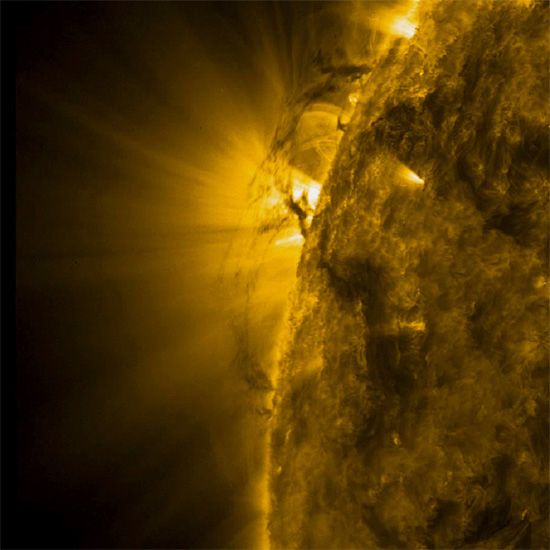
Jan 31, 2013 Strands of magnetically confined plasma can be seen throughout the cosmos. A rotating vortex of solar plasma was the topic of a recent press release. Does that phenomenon relate to other energetic vortices? Previous Picture of the Day articles describe many cases of ionized clouds in space that are…
Electrical Accumulators
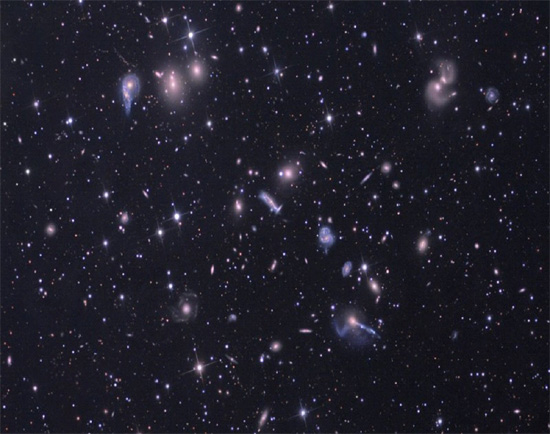
Jan 30, 2013 What takes place in thunderstorms on Earth is most likely a smaller version of large scale phenomena. “I have always believed that astrophysics should be the extrapolation of laboratory physics, that we must begin from the present Universe and work our way backward to progressively more…





